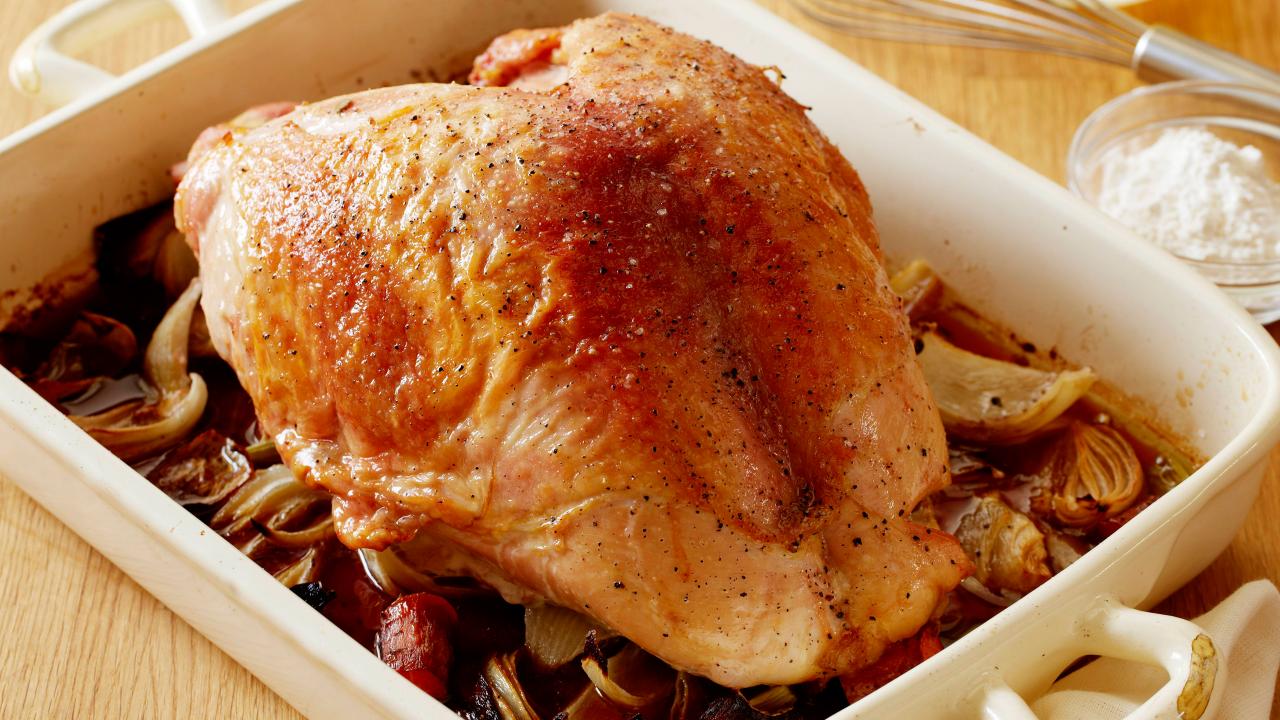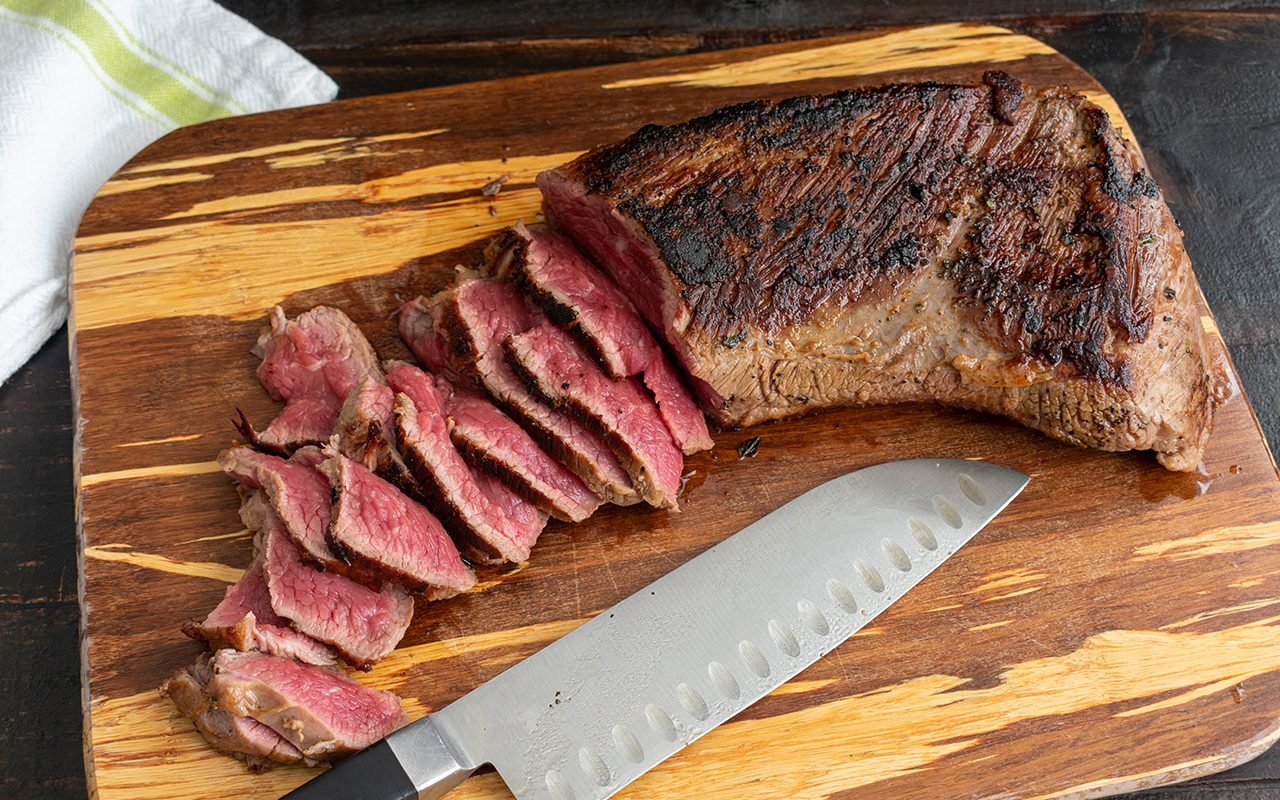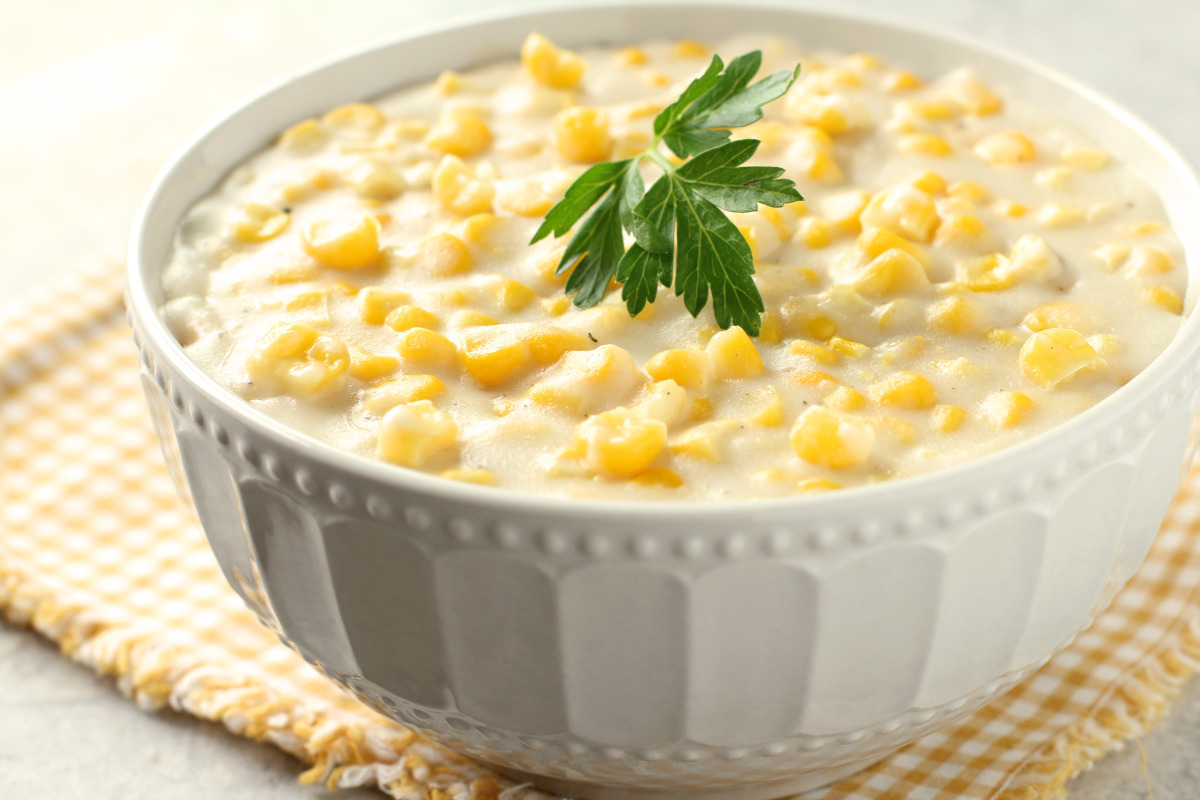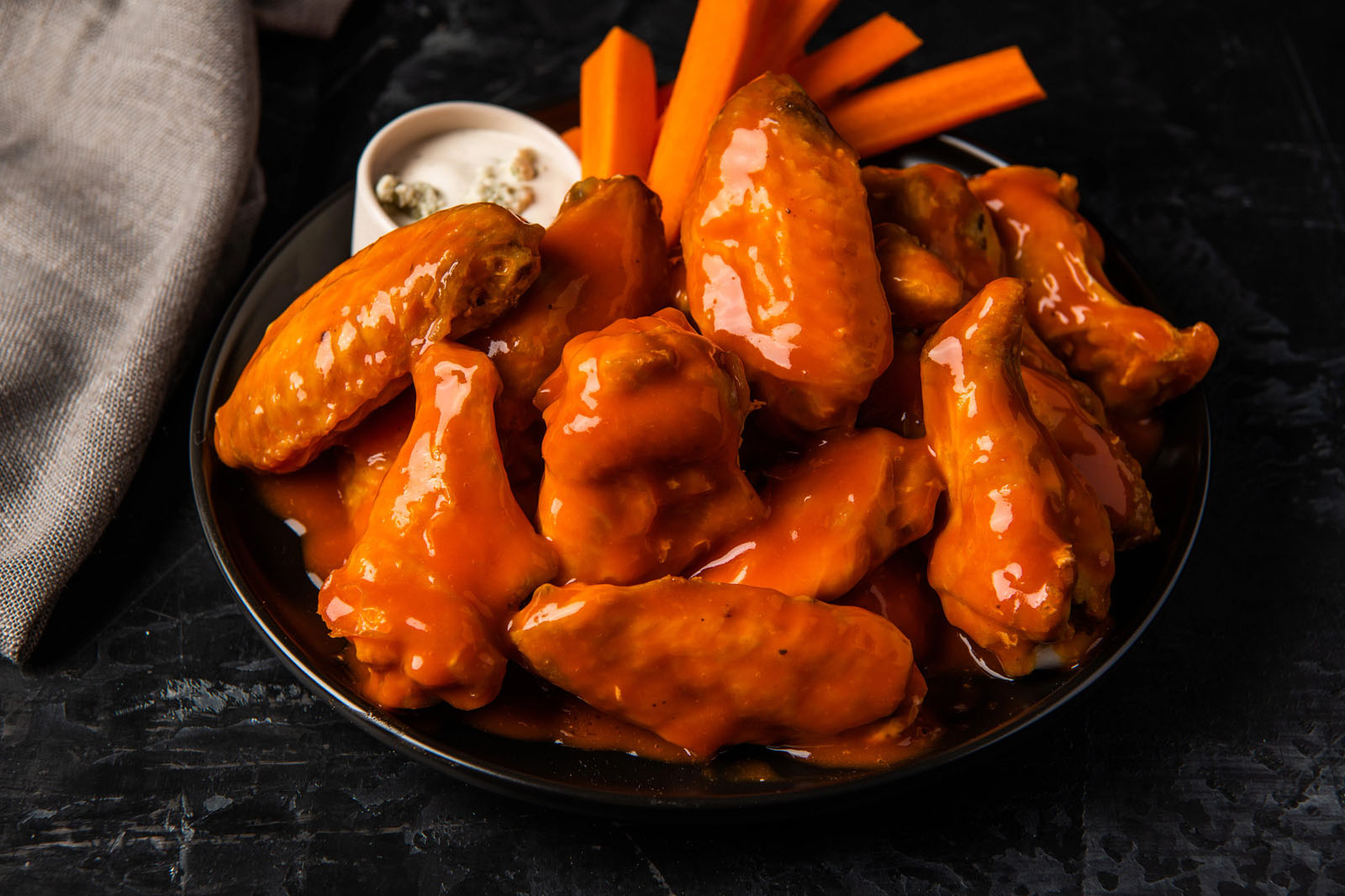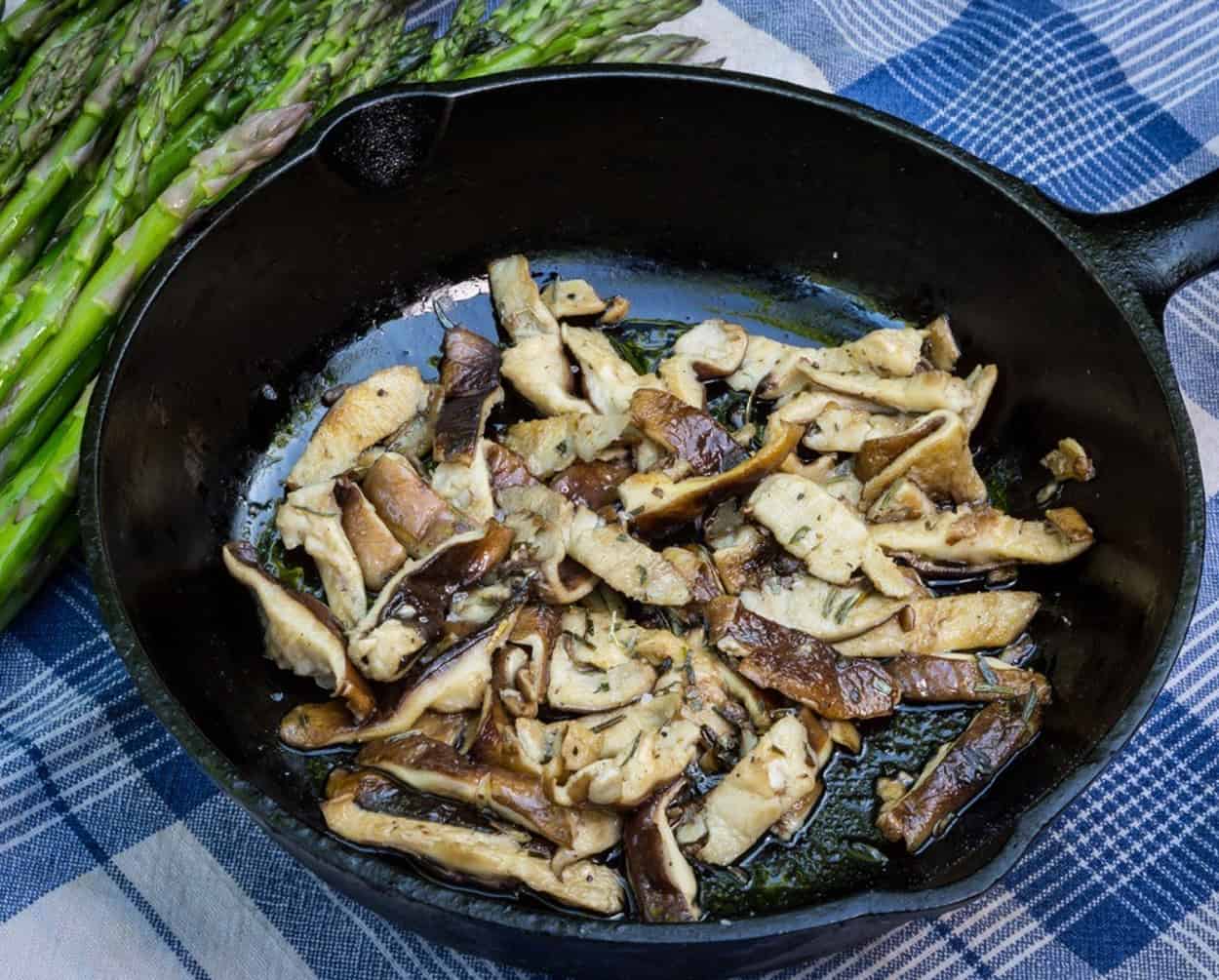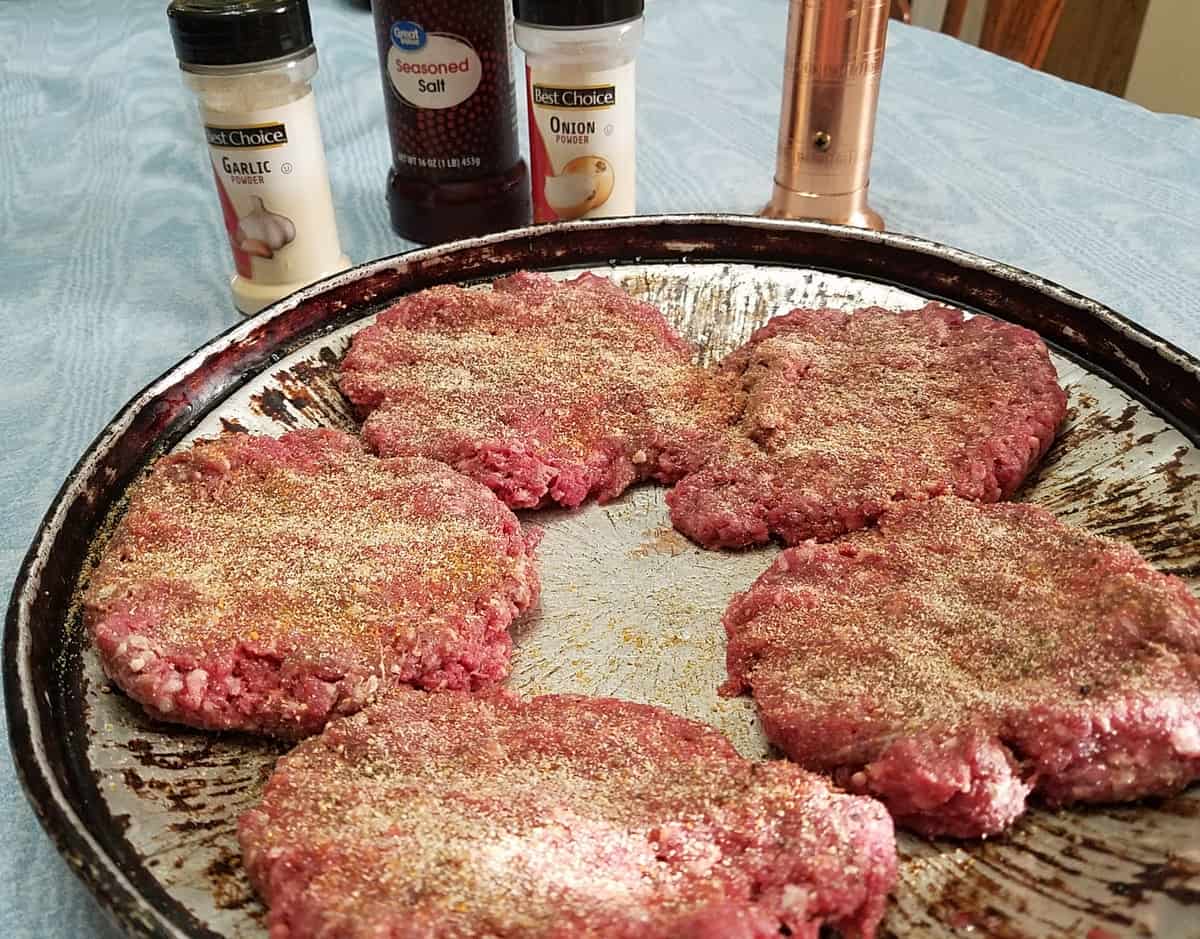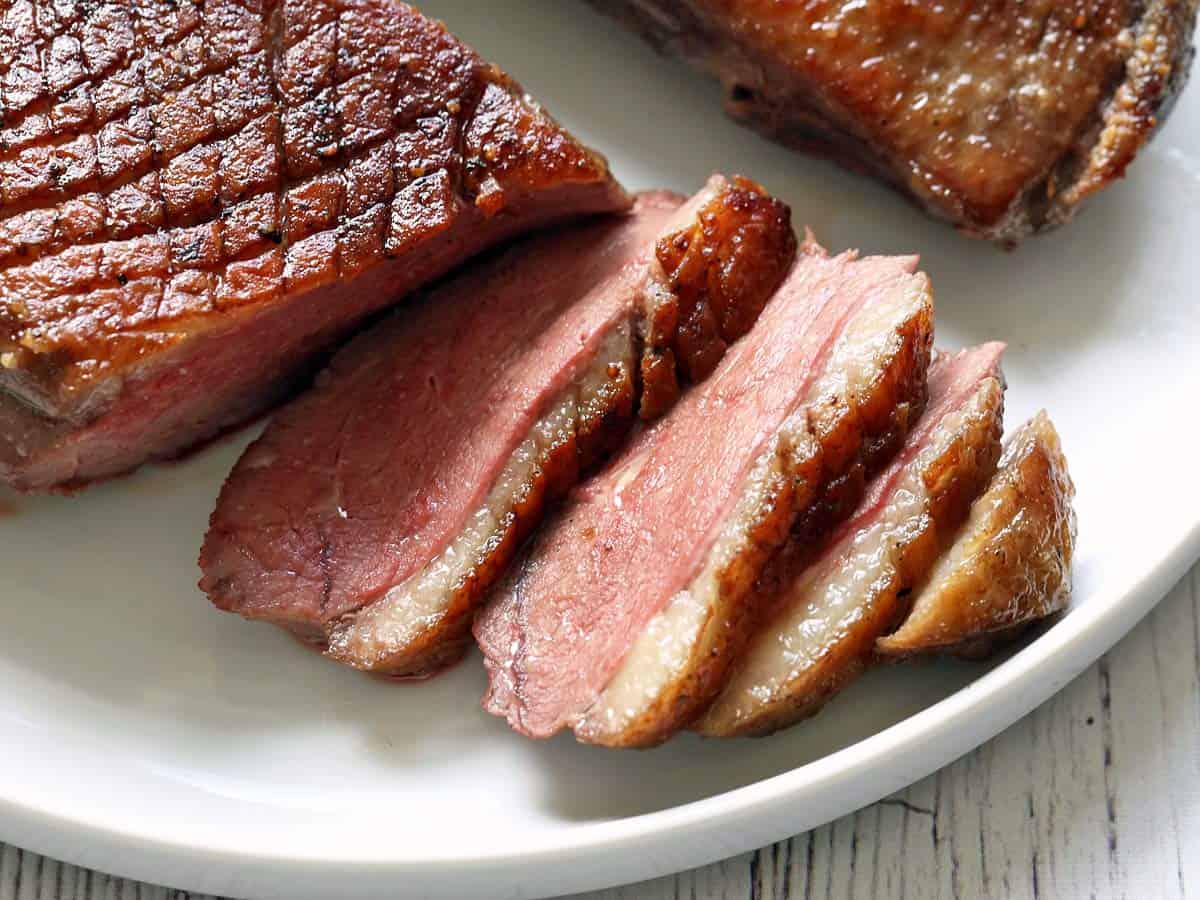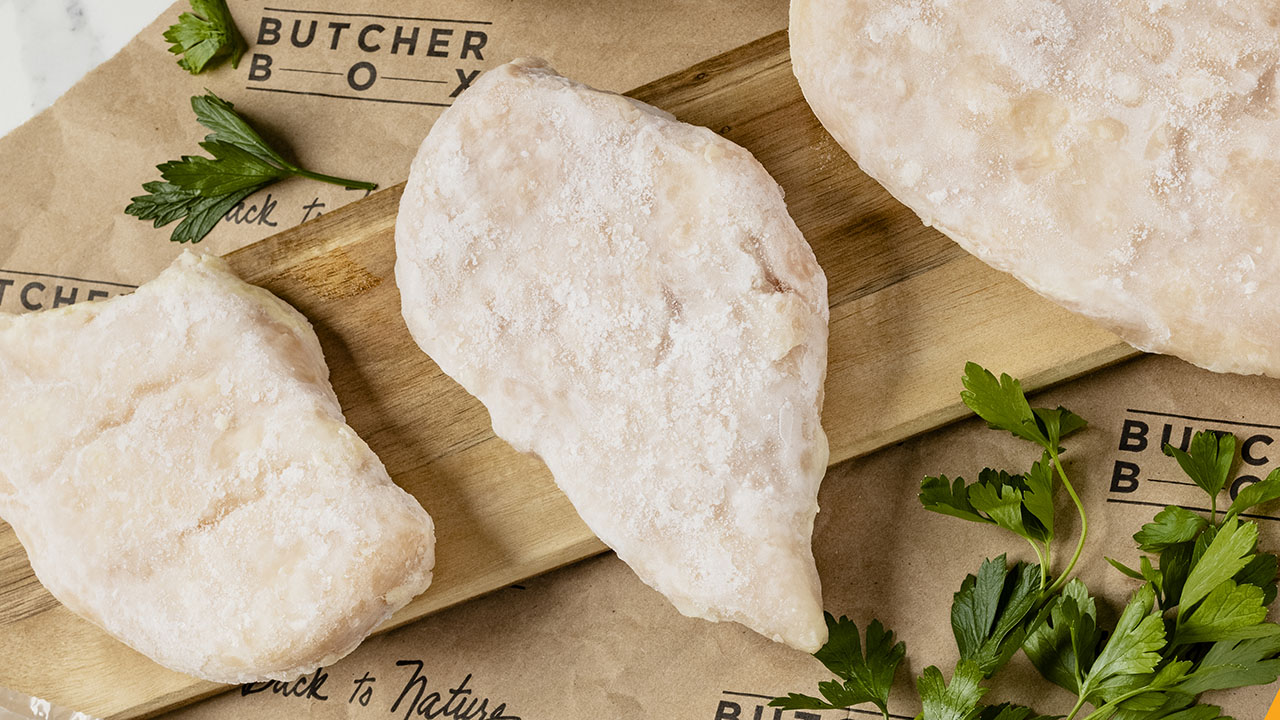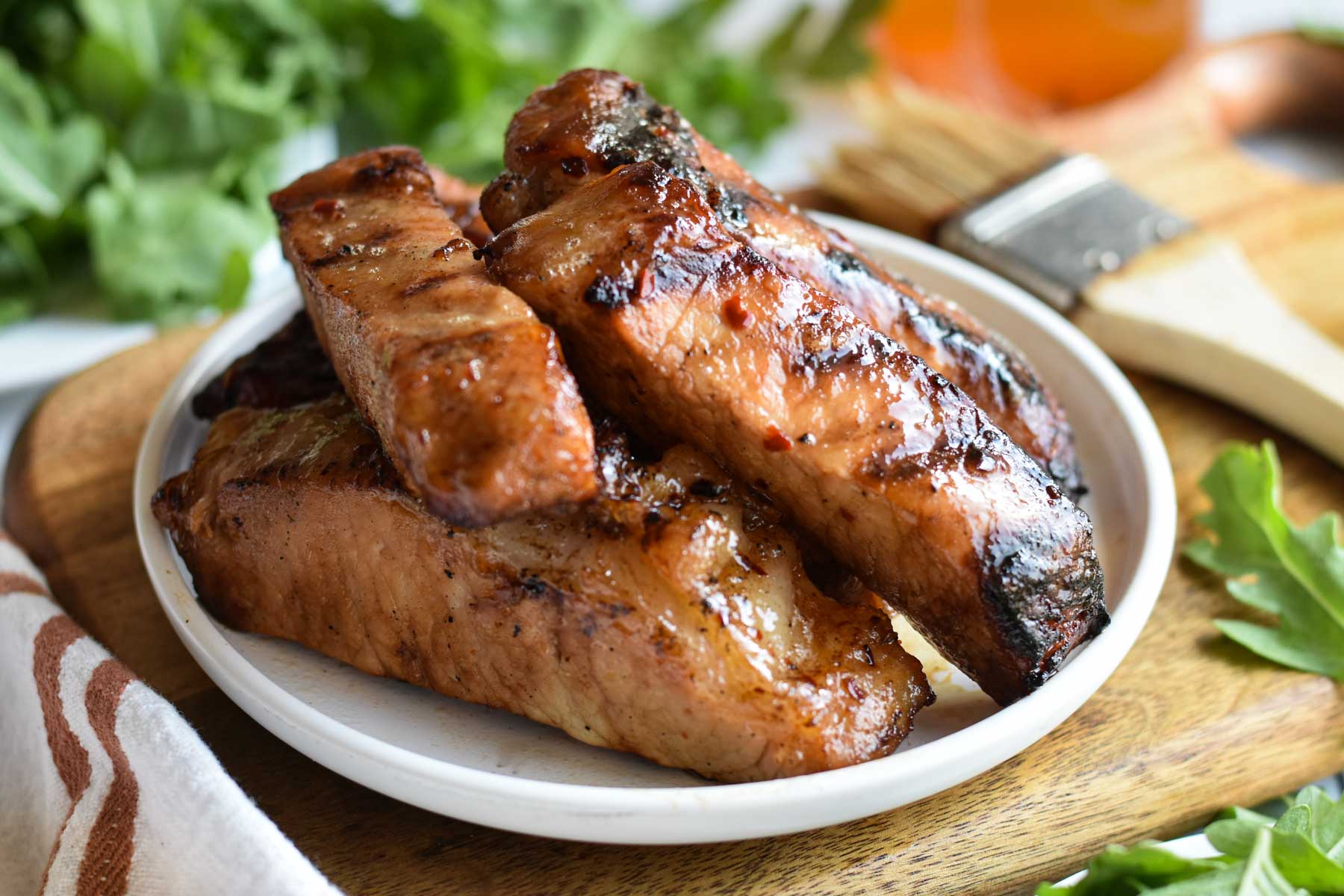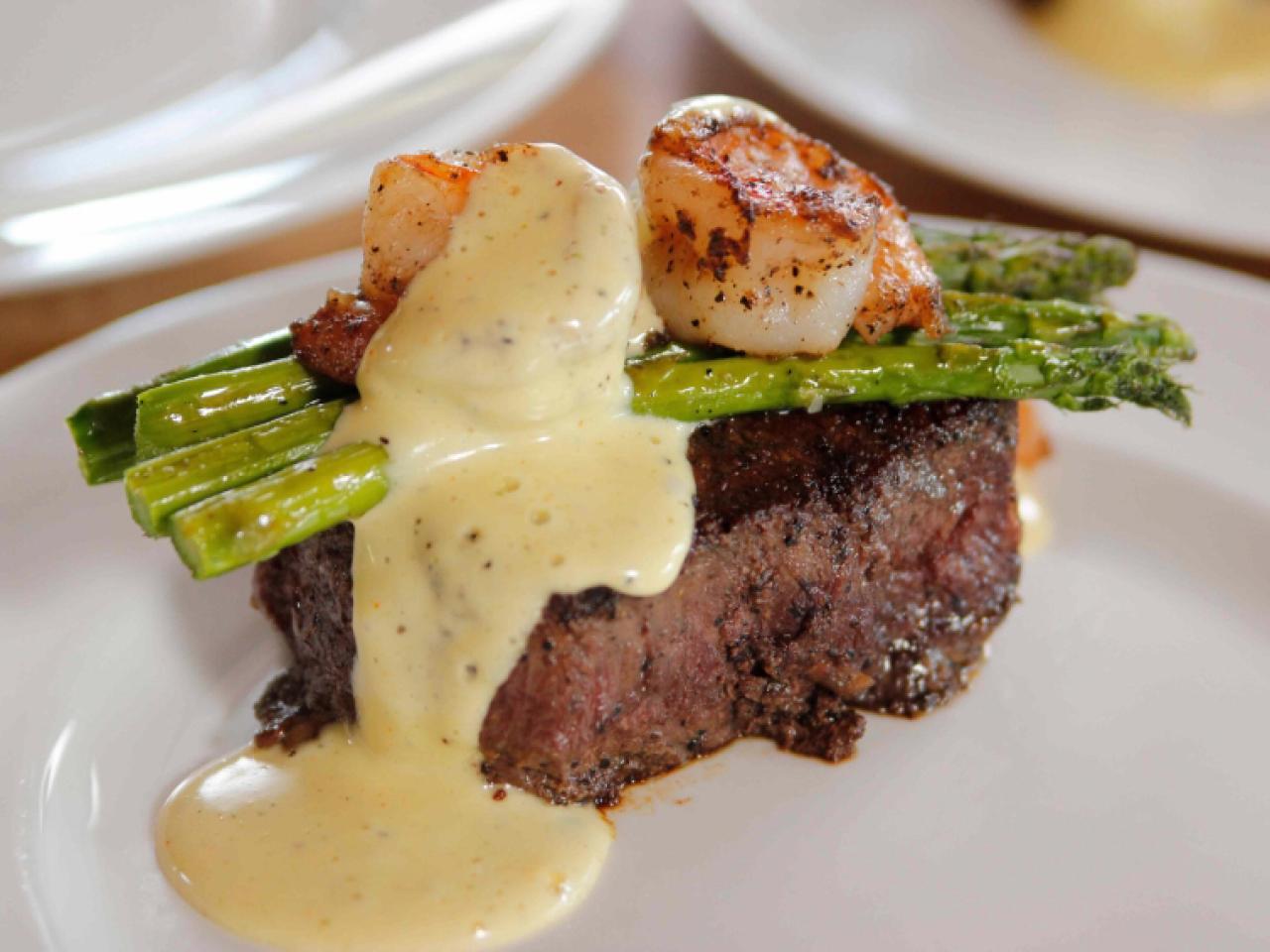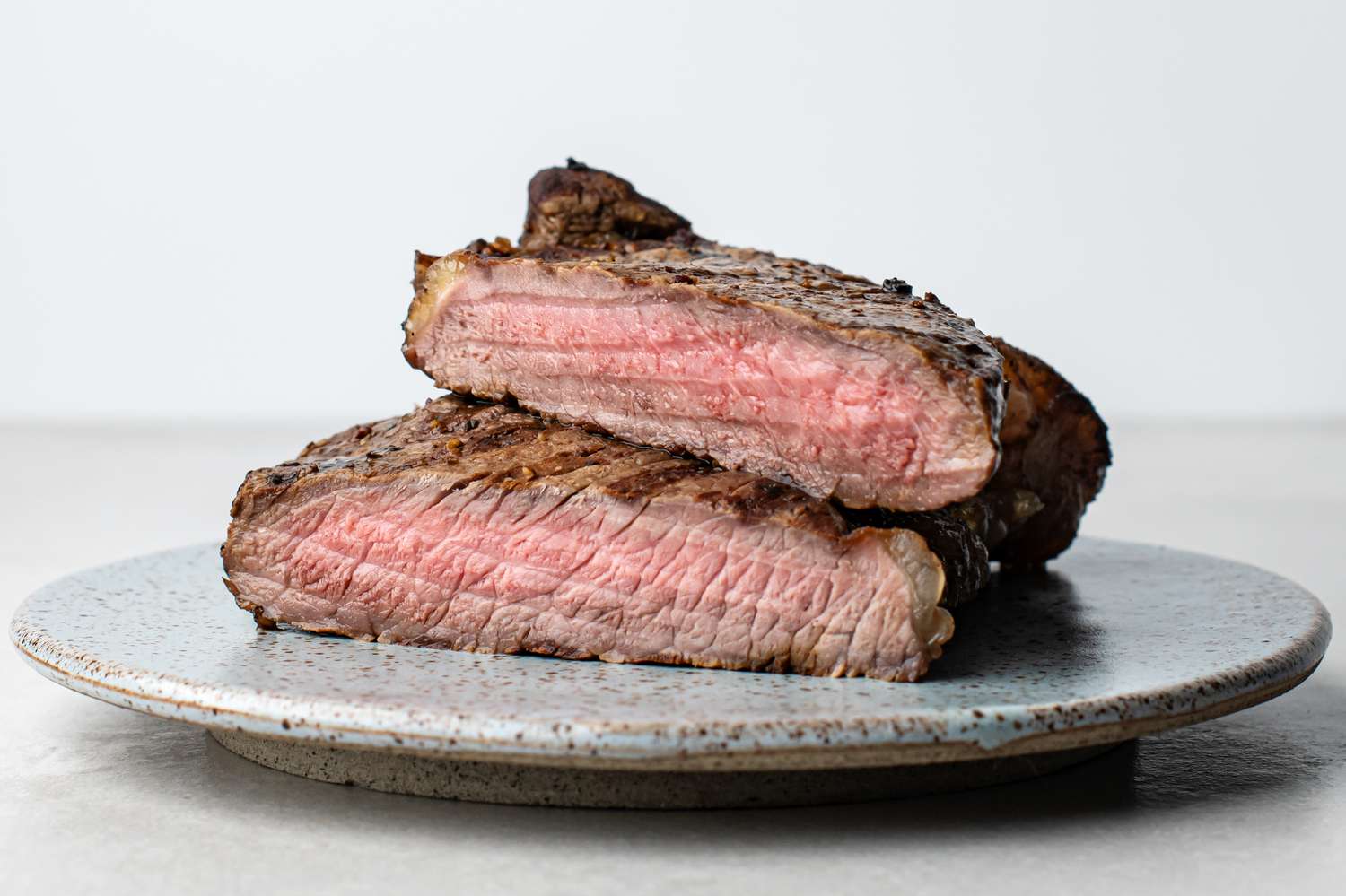Lobster Tail: How to Cook
If you’re looking to impress your guests with a delicious and elegant seafood dish, look no further than lobster tail. Cooking lobster tail may seem intimidating at first, but with the right technique, you can achieve perfectly cooked, tender, and succulent lobster every time. In this guide, we will walk you through the step-by-step process of cooking lobster tail to perfection.
1. Choosing the Perfect Lobster Tail
Before you start cooking, it’s essential to choose high-quality lobster tail. Look for tails that are firm, shiny, and free from discoloration. Freshness is key when it comes to lobster, so always buy from a reputable source.
2. Thawing Lobster Tail
If you purchased frozen lobster tails, thaw them properly before cooking. The best way to thaw lobster tail is to transfer it to the refrigerator and let it thaw overnight. If you’re short on time, you can also place the wrapped lobster tail in a bowl of cold water and change the water every 30 minutes until thawed.
3. Preparing the Lobster Tail
Once the lobster tail is thawed, it’s time to prepare it for cooking. Start by using kitchen shears or a sharp knife to carefully cut through the top shell. Make a long, straight cut all the way down the center, stopping just before the tail fins.
- Gently spread the shell apart to expose the meat.
- Remove the vein or digestive tract running along the tail.
- Pull the shell back together, creating a butterfly shape.
- Secure the tail in place with skewers or toothpicks.
4. Cooking Methods
4.1. Boiling
Boiling is a simple and effective method for cooking lobster tail. Fill a large pot with water and add salt to taste. Bring the water to a rolling boil, then carefully add the prepared lobster tail. Boil the tail for about 5-7 minutes per 8 ounces of tail, or until the meat is opaque and firm to touch.
4.2. Steaming
Steaming lobster tail helps retain its natural flavors and moisture. Fill a pot with about an inch of water and bring it to a simmer. Place the tail on a steaming rack or basket and cover the pot. Steam the lobster for approximately 8-10 minutes per 8 ounces of tail, or until the meat is no longer translucent.
4.3. Grilling
Grilling lobster tail infuses it with a smoky and slightly charred flavor. Start by preheating the grill to medium-high heat. Brush the tail with melted butter or olive oil and season with salt and pepper. Place the tail flesh-side down on the grill and cook for about 5-6 minutes. Flip the tail and continue grilling for an additional 4-5 minutes, or until the meat is opaque and firm.
5. Serving Lobster Tail
Once your lobster tail is cooked to perfection, it’s time to serve it up! Remove any skewers or toothpicks and gently lift the tail from the shell. Serve the lobster tail with lemon wedges, clarified butter, and your favorite side dishes like roasted potatoes or steamed vegetables.
Now that you know the secrets to cooking lobster tail, you can confidently impress your guests with a restaurant-quality seafood dish. Remember, practice makes perfect, so don’t be afraid to experiment with different seasonings and cooking methods to create your signature lobster masterpiece. Enjoy!
Was this page helpful?
Read Next: How To Cook 4 Oz Lobster Tails
Emmitt670
Access everything you'll ever need for all of your cooking ventures.

